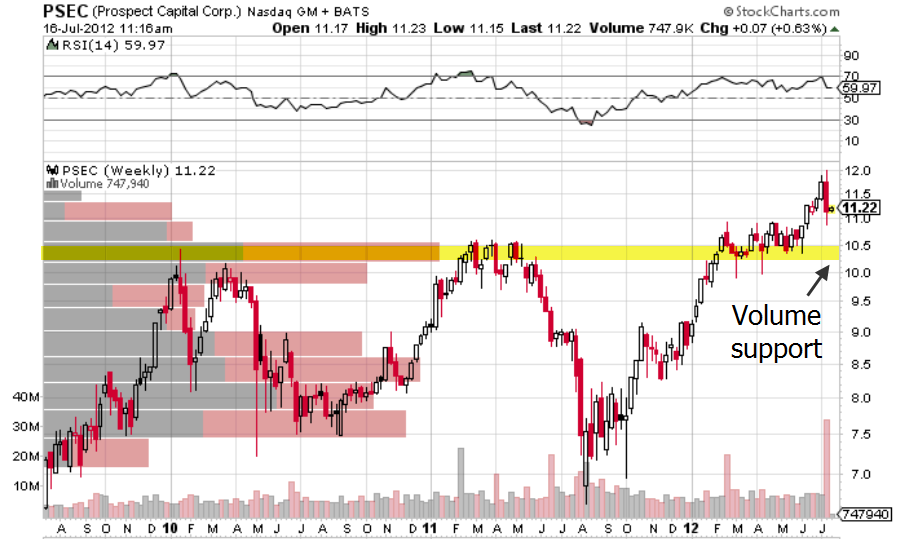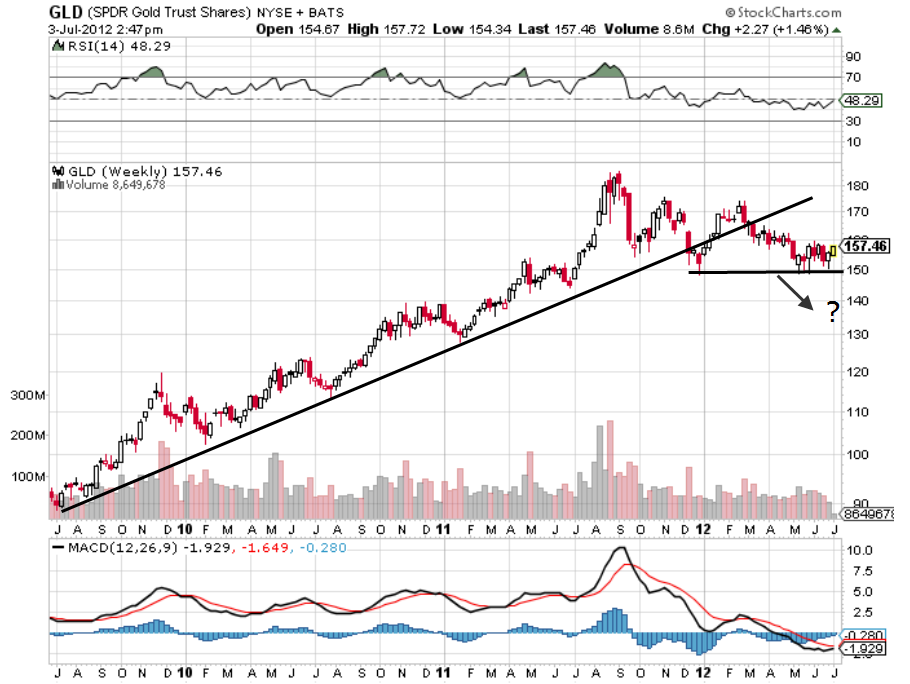by Michael Tarsala
There’s a predictable avalanche of financial news coverage when the Commerce Department issues an initial quarterly GDP figure, as it did late this week.
GDP does help economists gauge the U.S. economy, but has a lack of direct relevance for most long-term investors.
Here are a few thoughts about what’s useful — and not — when it comes to looking at the GDP figures:
GDP does not provide strong, quantifiable market cues
As an investor, a particularly good or bad GDP figure relative to expectations means very little if anything to you in the grand scheme of things.
There is a weak link — at least directly — between stocks and economic figures. That flies in the face of conventional wisdom that the market is a leading indicator of what will happen to the economy, and that you need a strong economy for stocks to rise.
I am not sure that most investors who follow markets and economic news realize that fact. You certainly can have stocks rise in a bad economy and fall in a good one. More importantly, the degree of economic bullishness or bearishness is not necessarily reflected in the S&P 500.
The initial number is useful mostly to traders
Keep in mind, the initial numbers can be revised many times — sometimes quite significantly. So the initial number that gets picked up everywhere is mainly useful to short-term traders. Many use GDP relative to expectations as something to trade around on a given Friday. The Q1 initial GDP growth just reported, for example, was 2.2%, vs. a 2.5% consensus expectation. On its face, that says little, and even when interpolated rarely provides a clear-cut reason to take action in an investment portfolio.
So why look at GDP at all?
The trendline of GDP growth simply is not going to tell you where the markets may be headed. Most investors would likely be better served spending time researching other economic indicators that have a far stronger tie to market direction, including initial jobless claims, systemic risk metrics, and the Citigroup Economic Surprise Index.
That said, GDP does have it place a little lower down the priority list of metrics you need to watch:
- It can help you think about asset allocations when you compare GDP growth rates in the U.S. relative to those in other countries.
- The long-term trend of GDP is worth watching, especially when the trend becomes bad enough to raise speculation about quantitative easing, which has shown to have a strong effect on risk assets including stocks, gold and oil.
- There are a lot of nitty-gritty details by sector that come out of the Commerce Department’s GDP report. And those can help you figure out what’s going on in the broader business cycle, as well as with sector-specific investments.
If you want to read into GDP, check out the Modeled Behavior blog. I find it’s a great place to look after a report for a summary for the durable goods data details and for cues about what that might mean for manufacturing. It will give you thoughts about what federal government spending is reflecting in terms of defense industry trends, and how the report reflects the current state of business investment, as well.



